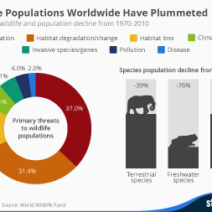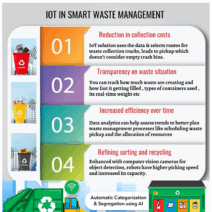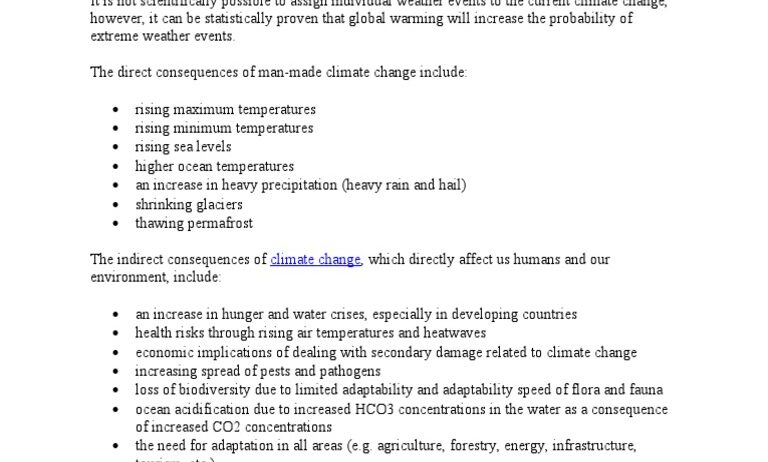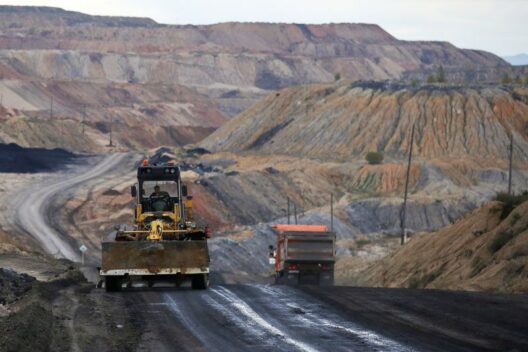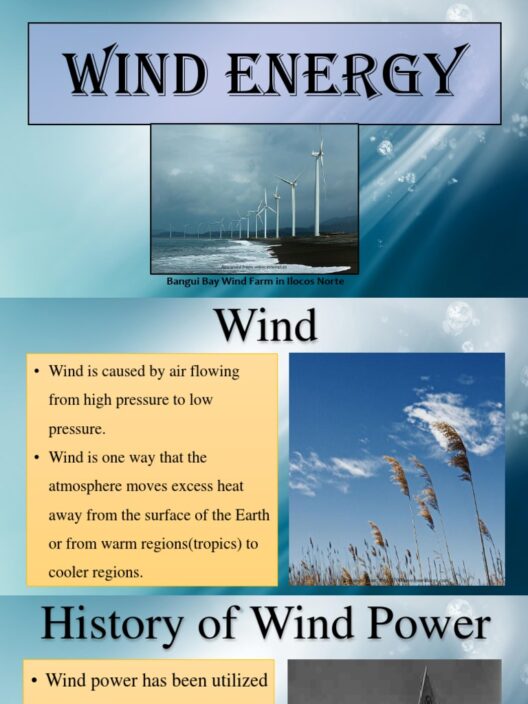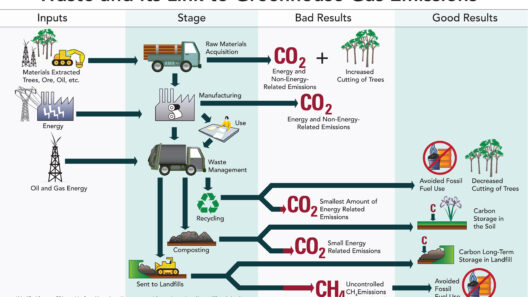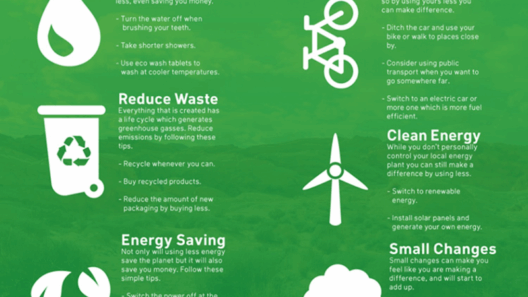Climate change is an existential challenge that transcends political borders and socioeconomic standing, manifesting both globally and locally in myriad ways. As the planet warms due to anthropogenic factors and natural feedback mechanisms, a cavalcade of ecological, social, and economic repercussions is unleashed. Understanding the multifaceted impacts of climate change is paramount for individuals, communities, and governments alike.
The implications of climate change are profound and far-reaching, often interlinked in ways that complicate our ability to respond effectively. From shifting weather patterns to rising sea levels, the effects are both immediate and insidious, warranting an urgent reassessment of our environmental stewardship and resource utilization.
The global impacts of climate change revolve around long-term trends that affect entire ecosystems and human societies. Meanwhile, local effects can vary significantly based on geographical, cultural, and economic contexts. Below, we delve into these layers of impact, elucidating how climate change reconfigures the world around us.
Extreme Weather Patterns: The New Normal
In recent years, the frequency and intensity of extreme weather events have surged alarmingly. Hurricanes, typhoons, floods, and heatwaves are occurring with growing regularity, driven by elevated ocean temperatures and increased atmospheric moisture. This transformation not only places lives at risk but also wreaks havoc on infrastructure and economies.
Hurricanes, once seasonal phenomena, are now characterized by enhanced destructiveness. The devastation wrought by Hurricane Katrina in the Gulf Coast or Hurricane Maria in Puerto Rico serves as harrowing reminders of the vulnerability of coastal communities. In parallel, drought conditions have afflicted regions accustomed to ample rainfall, precipitating water shortages that threaten agriculture and drinking supply reliability for millions.
The changing climate not only catalyzes extreme weather events but also alters precipitation patterns, leading to more localized flooding in some regions, and parched earth in others. These irregularities strain water management systems and challenge farmers who depend on predictable weather for crop cycles, necessitating a shift towards resilient agricultural practices.
Ecological Disruption: A Tipping Point
Climate change acts as a key driver of biodiversity loss, with species struggling to adapt to rapidly shifting conditions. As habitats transform, animal and plant species face existential threats. The polar bear, emblematic of climate vulnerability, is confronting melting Arctic ice, compelling migration toward food sources that may no longer exist.
Coral reefs, the ocean’s vibrant ecosystems, are experiencing mass bleaching events driven by temperature increases and acidification, depriving marine life of vital habitats. This collapse of biodiversity is not merely an environmental tragedy; it has cascading impacts on fisheries, tourism, and coastal economies, posing real economic challenges for communities reliant on these resources.
Wildfires have become a gruesome spectacle in numerous locales, with advancements in vegetation management and urban planning proving insufficient to combat the menace. The wildfires in Australia and California illustrate how ecosystems can abruptly shift; once-thriving areas become barren landscapes, irreparably altering flora and fauna distributions.
Societal Consequences: Health and Migration
The societal impacts of climate change are equally alarming, with health-related issues emerging as a central concern. Increasing temperatures contribute to the proliferation of vector-borne diseases, as warmer climates enable mosquitos and ticks to migrate into new territories, thereby increasing the incidence of diseases like malaria and Lyme disease.
Air quality continues to diminish as wildfires and industrial emissions complicate respiratory health, disproportionately affecting vulnerable populations such as children and the elderly. This public health crisis necessitates immediate action to address both mitigation and adaptation strategies, ensuring communities are equipped to cope with these health challenges.
Furthermore, climate-induced displacement is becoming an urgent social issue. As sea levels rise and natural disasters become more frequent, entire communities may be forced to relocate, resulting in what many are calling ‘climate refugees.’ The sociopolitical ramifications of such migrations can be profound, with the potential for conflict over dwindling resources and pressure on infrastructure in receiving areas.
Economic Ramifications: A Looming Crisis
The economic implications of climate change are staggering. The degradation of natural resources threatens industries like agriculture, fisheries, and tourism, which collectively represent a significant portion of global GDP. As unpredictable weather disrupts supply chains, businesses face heightened operational risks.
Insurance markets are also grappling with the volatile landscape; climates that were once predictable are now synonymous with unassured risk. This uncertainty can lead to higher premiums and diminished coverage options for susceptible communities.
Investors are increasingly recognizing that climate change poses systemic risks to financial markets, prompting a shift toward sustainable investing and green technologies. Innovative businesses that prioritize ecological integrity not only foster resilience but also promote long-term economic viability.
The and interacting phenomena of climate change elucidate a sobering reality: the impacts are manifold and infiltrate every facet of our lives. Responses must encompass concerted efforts at the global, national, and local levels, emphasizing adaptation, mitigation, and resilience. Only through collective action can we hope to mitigate these harmful effects and navigate the uncertain path ahead.
